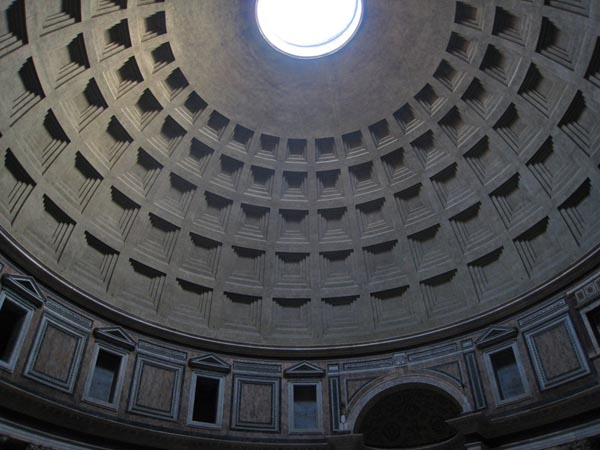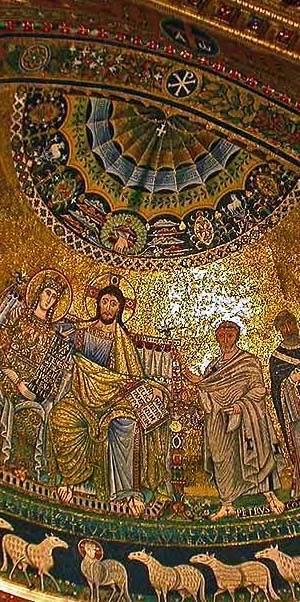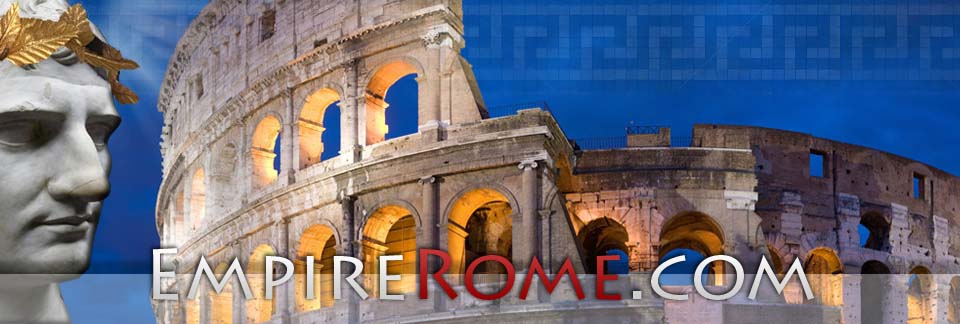
A Dome in architecture is a hemispherical structure which evolved from an arch. Despite their slenderness, domes are some of the strongest and solid structures in existence. A dome generally forms a ceiling or roof of a structure or building. Domes were also given the name “the king of all roofs” and they cover some of our most important buildings in modern and historical times. Domes are curved structures which have no angles and no corners and enclose a massive amount of space. This made domes attractive to the Ancient Romans because they could be built without the help of a single column. Domes allowed the Ancient Romans to build remarkable buildings, some which are still  standing today.
standing today.
Ancient Rome is characterized by their world famous domes that allowed them to build vaulted ceilings and rooms which provided large spaces for Ancient Roman buildings throughout the empire. Ancient Roman domes were generally seen at their temples, bathhouses (thermae), basilicas, and churches.
Ancient Roman monumental domes started to appear around the 1st century B.C. This technique of building started replacing the traditional post and lintel construction method. The traditional post and lintel construction method basically consisted of columns and an architrave that was used by the ancient Greeks. Since domes are not typical in construction as compared to traditional buildings of that era; domes were built by concrete also known as opus caementicium. This material called concrete would start an architectural revolution that would change civil engineering as we know it.
The creation of domes started in the Ancient Roman Architectural Revolution, also known as the Concrete Revolution, and is seen in many of their extravagant buildings. The Ancient Roman Architectural Revolution allowed the Ancient Romans to build buildings that challenged the traditional norms of that time period. This burst of architectural superiority allowed the Ancient Romans to build elaborate structures such as: amphitheaters, aqueducts, bath houses, bridges, circuses, dams, domes, and places of worship. It should be noted that the Ancient Romans were believed to be the first to build these elaborate architectural structures. It gave Ancient Roman buildings and entertaining areas large interior spaces unlike traditional buildings of that time period.
Some of the most extraordinary domes are seen at the Pantheon and the Baths of Diocletian. Ancient Roman domes were also adopted by Christian places of worship throughout the late Ancient Roman Empire. As the empire embraced this new technique of architecture, half domes were also used by the Ancient Romans. These half domes were called apse and became standard part of early church plans.
Much credit is given to the Ancient Romans for their grand domes. However, it was believed the concept of domes started in small buildings and huts from the Middle East, India, and the Mediterranean. The Ancient Romans built large-scale domes which they shaped with concrete. Many of these domes still standing today reminds the world of the legacy the Ancient Romans left behind.

